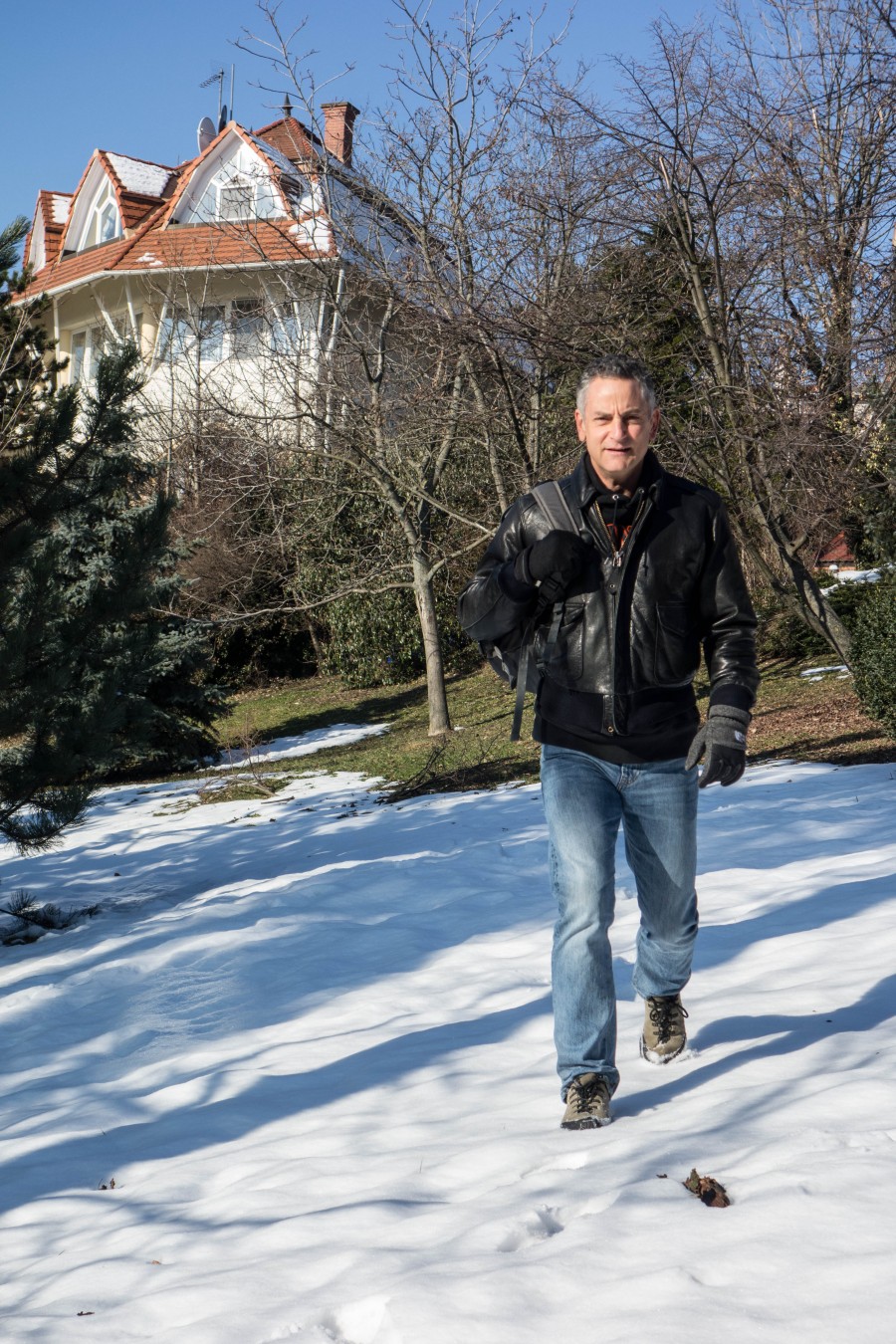Cold weather can put the kibosh on an active lifestyle for even the most fitness-crazed folks. When temps drop below 40, it’s too easy to stay indoors, fluff up pillows, bust out the snuggie, and wait till spring.
But that mantra doesn’t necessarily apply to my nephew and me, who just recently returned from a go-go-go getaway in Amsterdam and Budapest. While northern and central European countries in mid-winter may not be everyone’s cup of herbal tea (snow flurries and sub-freezing conditions tend to be a deterrent), it could not have been much more perfect for the two of us.
In Amsterdam, we walked over canals and though alleys in the morning, biked to the uncrowded Rijksmuseum and around Dam Square in the afternoon, and did additional sight-seeing well into the wee hours. In Budapest, we trekked the paths that parallel the Danube River, hiked from Heroes Square in Pest, across the famous Chain Bridge, and ascended the Buda hills to the Castle District and the gothic Matthias Church. Crisscrossing the cities, our pedometers read 25,000-30,000 steps by the end of each day.
Was it cold? Absolutely. But chilly conditions don’t have to be the end of exercising. With a few simple tips and precautions, just about anyone can get outside, maintain a level of aerobic fitness, and stay warm even when snow starts to fall:
- Dress in layers: There may be a round, puffy snowman in the park, but you shouldn’t dress like one. Layers not only help you to moderate your body temperature, but they keep you from sweating as much and losing valuable fluids. As you warm up, remove layers. As you cool down, add them back. Many experts strongly suggest that the next-to-skin layer should be made of a moisture-wicking synthetic (think Under Armour) which draws sweat away from the body. Wool or fleece is best for the second layer as it provides insulation. The outer layer should be weather-proof and breathable.
- Protect those extremely important extremities: Hat, gloves, scarf, thick socks, insulated shoes (or boots) are all important as they protect the parts of the body most vulnerable to frostbite. Research shows that nearly 50 percent of your body heat is lost if your head is uncovered. It may mess up your ‘do, but a warm cap is essential.
- Stay hydrated: Drink plenty of decaffeinated, non-alcoholic fluids before, during, and after your cold-weather workout, even if you are not thirsty. Water is perhaps the best choice, but mineral-infused sports drinks can be helpful, too. For a blast of warmth, consider decaf tea or coffee, broth, or even hot chocolate.
- Don’t be foolish: Running around for an hour in mild temperatures may be hard enough, but when it gets below-zero, it’s a different ball of wax. Listen to your body. If you are feeling light-headed or parts of your body are losing sensation, don’t push it. Early signs of frostbite include numbness, loss of feeling, or a stinging sensation. Hypothermia manifests itself with slurred speech, intense shivering, loss of coordination, and fatigue. Getting wet only adds to the potential of frostbite or hypothermia.
- Check with your doc, if needed: While most anyone can exercise in cold weather, certain heart conditions or asthma can be exacerbated in cold, low-humidity weather. Your physician can provide you with special precautions for cold-weather workouts.
By: Mark Camps











